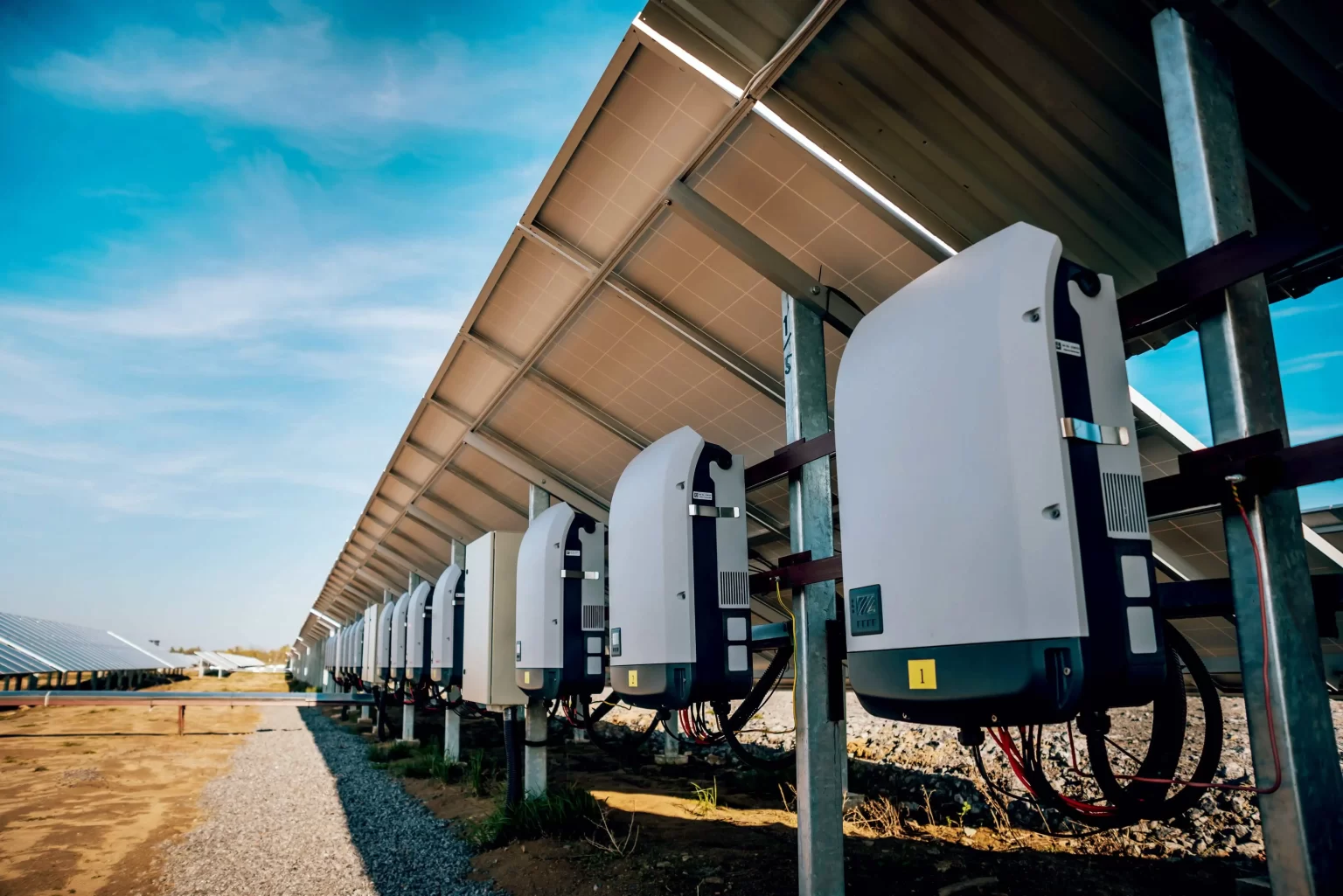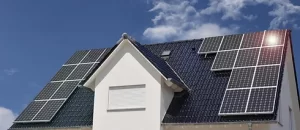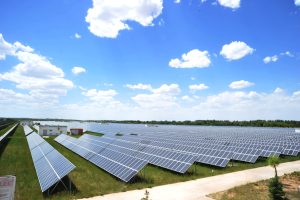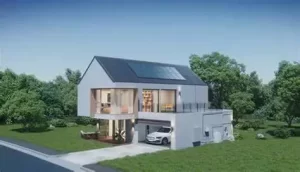Exploring the Durability of Outdoor Energy Storage Cabinets: Design, Materials, and Maintenance
As the demand for renewable energy solutions continues to grow, outdoor energy storage cabinets have become essential components in sustainable energy systems. These cabinets not only house battery systems but also protect them from environmental factors. This article delves into the durability of outdoor energy storage cabinets, focusing on their design, materials, and maintenance practices, concluding with key considerations for selecting the right solutions for energy independence.
1. The Importance of Durability for Outdoor Energy Storage Cabinets
Outdoor energy storage cabinets are an indispensable component in managing energy efficiently harnessed from renewable sources like solar and wind. They must withstand various environmental factors, such as temperature fluctuations, humidity, and even potential physical damage. A durable cabinet ensures that the battery systems inside can function effectively and have a long service life.

Innovative Design for Enhanced Protection
1. Ventilation and Temperature Control
Effective design begins with proper ventilation and temperature control. Batteries are sensitive to temperature extremes; high temperatures can degrade performance, while low temperatures can reduce efficiency. Outdoor energy storage cabinets must incorporate ventilation systems that promote airflow and dissipate heat. Some modern cabinets feature active cooling systems, while others rely on passive designs that allow natural airflow. The choice of ventilation method significantly affects the longevity and performance of the battery systems housed within.
2. Modular and Scalable Structures
The growing need for flexibility in energy systems requires modular designs. A well-designed energy storage cabinet allows for scalability, enabling users to expand their storage capacity as needed. This modular approach not only optimizes space but also adapts to changing energy requirements, making the cabinet a long-term investment.
3. Accessibility for Maintenance
Another key aspect of design is accessibility. Outdoor cabinets should be designed to facilitate easy maintenance access. Regular inspections and servicing are essential to ensure that batteries and associated components operate optimally.
2. Material Selection for Longevity
The materials used in the construction of outdoor energy storage cabinets significantly influence their durability. Common materials include metals, polymers, and composites, each with its own advantages and challenges.
1. Corrosion-Resistant Metals
Metal cabinets, often made from galvanized steel or aluminum, are popular due to their strength and durability. However, exposure to moisture can lead to corrosion. To combat this, cabinets should be coated with corrosion-resistant finishes, such as powder coating or anodizing. These protective layers enhance the cabinet’s longevity, ensuring it can withstand adverse environmental conditions.
2. Polymeric Materials
High-performance polymers are increasingly being used in energy storage cabinets. These materials are lightweight, corrosion-resistant, and offer excellent insulation properties. Their ability to withstand temperature variations makes them an attractive choice for outdoor applications.
3. Maintaining Your Outdoor Energy Storage Cabinet in Optimal Condition
Keeping your outdoor energy storage cabinet in top condition is key to ensuring energy efficiency and system reliability.
1. Routine Inspections
Conducting regular inspections is vital for identifying early signs of wear. This includes checking for corrosion, ensuring seals are intact, and verifying that ventilation systems are working properly. Addressing issues promptly helps users avoid costly repairs and extend the cabinet’s service life.
2. Battery Monitoring
Many modern energy storage cabinets are equipped with monitoring systems that provide real-time data on battery performance. These monitoring tools can track parameters such as temperature, voltage, and the overall health of the system, allowing users to proactively address potential problems.
Choosing the Right Energy Storage Solutions
In conclusion, the durability of an outdoor energy storage cabinet depends on its design, material selection, and maintenance practices. A well-designed cabinet with efficient ventilation, modular capabilities, and accessible maintenance points will ensure the optimization of energy storage systems.
When considering options for energy independence, it is essential to evaluate specific products like the 344 kWh battery cabinet or the battery energy storage cabinet that can meet your needs. Additionally, integrating components such as a Battery Switch and Protection Unit (BSPU) can enhance system safety and efficiency.
Contact us
- Email:[email protected]
- Tel: +86 13651638099
- Address: 333 Fengcun Road, Fengxian District, Shanghai
Get A Quote Now!
Related product links are available directly
Site storage products:Site storage products 归档 – (energystoragecontainer.com)
Lithium Battery:Lithium Battery 归档 – (energystoragecontainer.com)
Read more

Home Solar Panel Selection Guide: Match Your Energy Needs
When it comes to optimizing your energy efficiency, understanding how to effectively stack your solar battery storage system is key. With increasing energy demands and the push for sustainability, many homeowners are looking into home battery solutions.

How to Stack Home Energy Storage?
When it comes to optimizing your energy efficiency, understanding how to effectively stack your solar battery storage system is key. With increasing energy demands and the push for sustainability, many homeowners are looking into home battery solutions.

Solar Generator Kit: Creating a Solution for Home Energy Self-Sufficiency
As homeowners look to reduce dependence on traditional power grids, solar generator kits offer a practical and sustainable solution. These kits combine essential components like solar pv modules, energy storage batteries, and inverters, helping households tap into renewable energy sources and achieve self-sufficiency.

Economic Analysis of Household Energy Storage Systems: Investment Returns and Cost-Effectiveness
As more homeowners consider installing home energy storage batteries and battery for home energy storage systems, evaluating the financial return becomes key.
